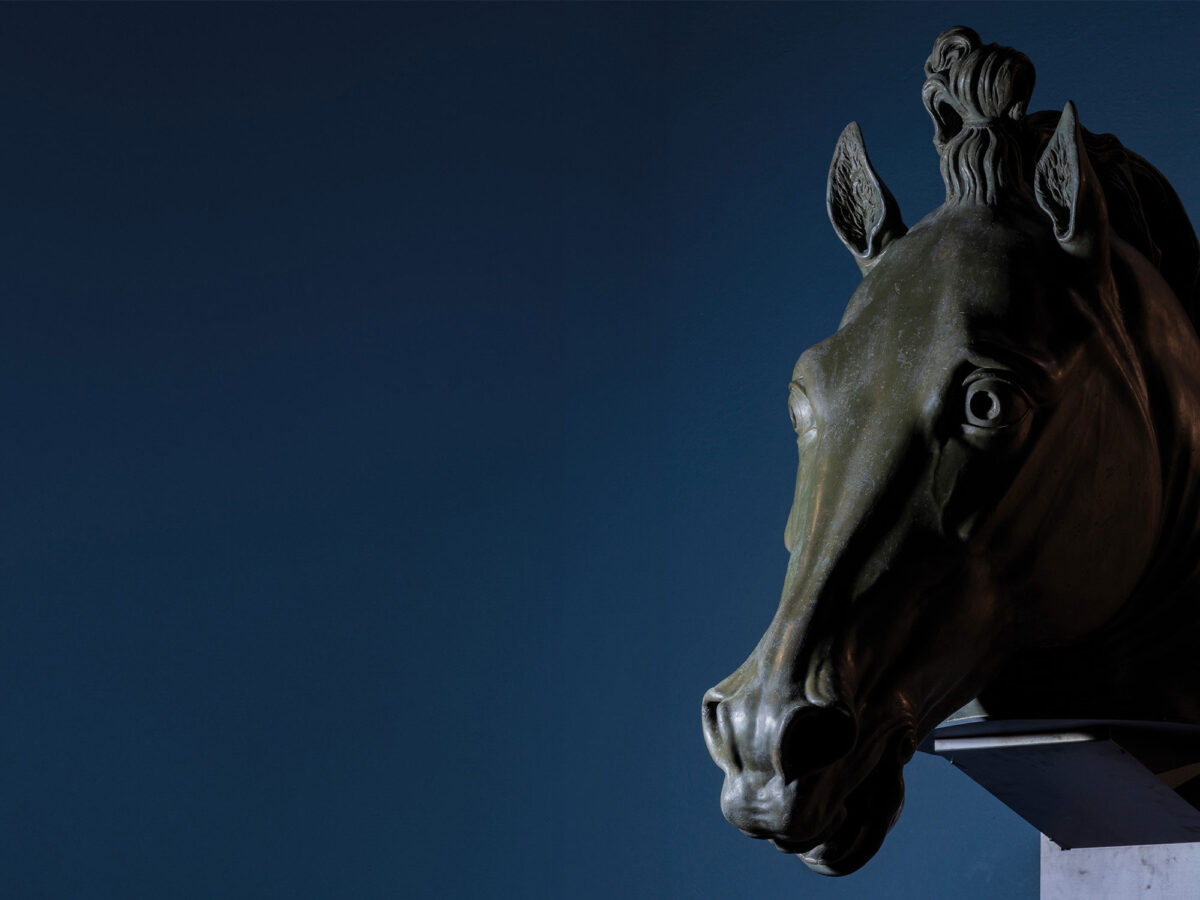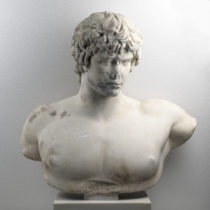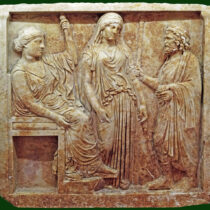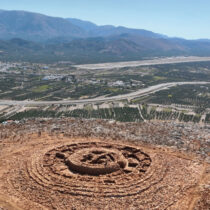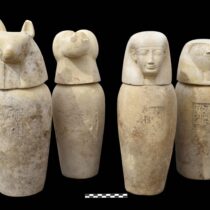The plaster model of Antonio Canova’s Colossal Horse, one of the last works by the Possagno genius and certainly among the grandest, will shine again thanks to a major restoration project.
Made by Canova between 1819 and 1821 as the model for a bronze equestrian sculpture for the king of Naples Ferdinand I (IV) of Bourbon, only part of the Colossal Horse was completed due to the sculptor’s death in 1822. It was then donated to the Museo di Bassano del Grappa by his brother Giambattista Sartori Canova in 1849. The Colossal Horse survived the bombings of 1945 and remained unharmed until the 1960s, when it was decided to divide the work into various parts to be located in other places. This was not carried out and the numerous fragments were left lying in the storerooms for more than fifty years. Only the head remained on display in the museum as a reminder of the work and its exceptional historical and artistic value.
The project to restore Antonio Canova’s Colossal Horse is intended to finally return to the public what has long been a symbol of the Bassano collections and their rich Canova heritage, a unique work that will soon once again shine in its magnificent entirety.
The restoration, entrusted to the Padua-based Passarella Restauri Srl studio, will consist not only of the work needed to consolidate the plaster fragments — cleaning, gluing and repairing the missing parts or damaged edges — but also construction of a new inner structure that will help support the large plaster and aid its stability, all through the use of state-of-the-art techniques and technologies, while fully respecting the original materials and Canova’s design. Finally, a special basefitted with a technological system will be made that will not only support the plaster but primarily isolate and protect it, also in the event of strong seismic shocks.
All stages of the restoration will be documented with video reports available on the Comune and Musei Civici of Bassano del Grappa’s digital communication channels and those of the project partners, to explain and update the public on the recovery of this unique and incomparable “lost” masterpiece.
